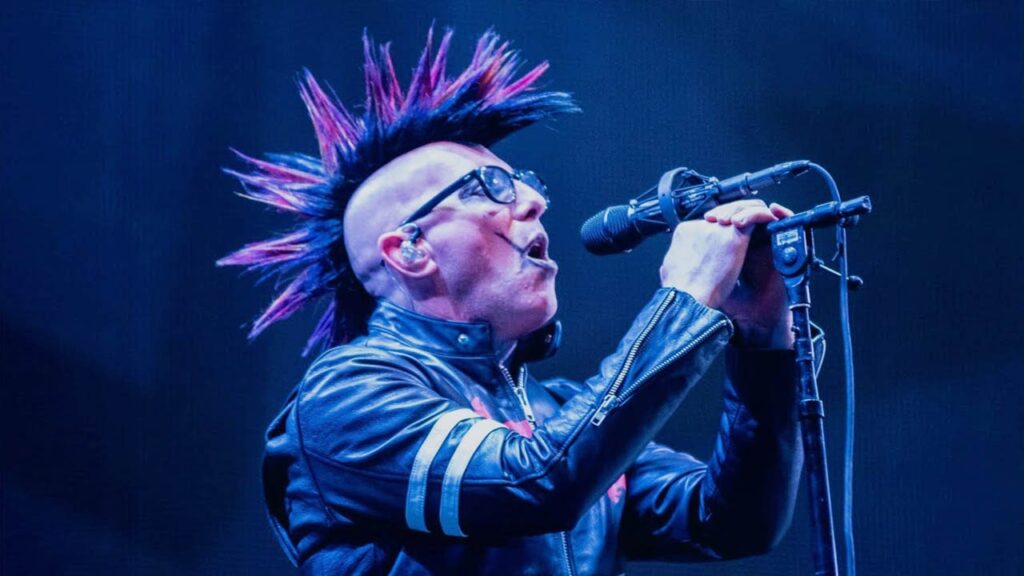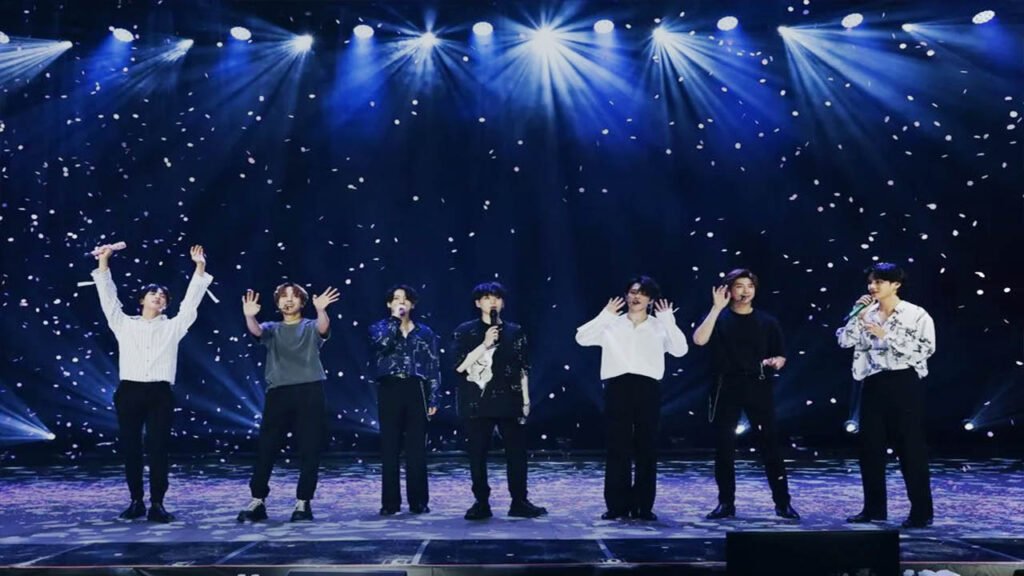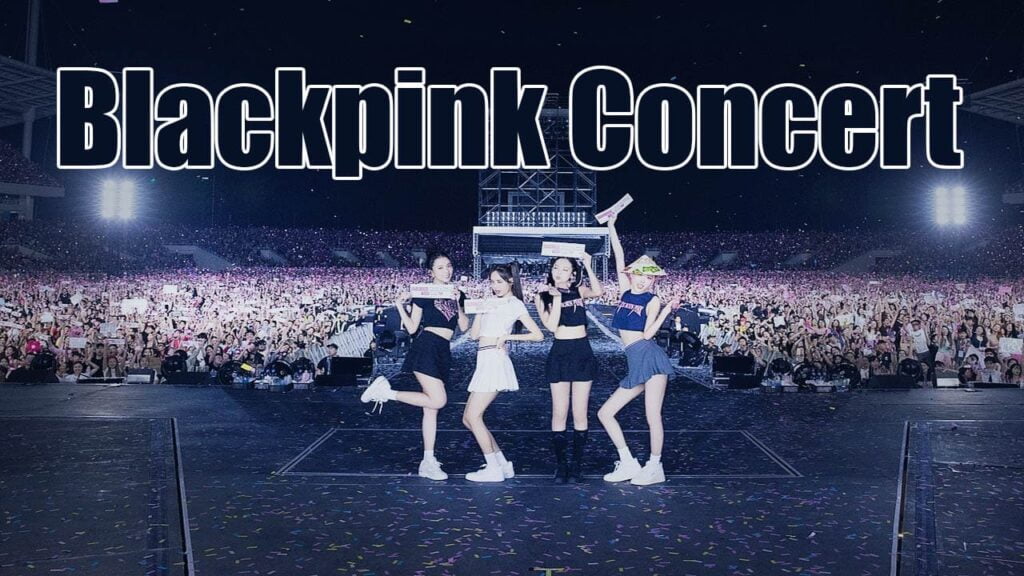Introduction to Concert Photography
Concert photography captures the energy and essence of live performances, allowing photographers to freeze moments that define the magic of music. To get into concert photography, one must possess both technical skills and creative vision. This dynamic field demands a keen eye for detail and the ability to work in low-light conditions, capturing the essence of each performance.
Tips for Beginners
For those looking to get into concert photography, start by investing in a high-quality DSLR camera with low-light capabilities. Experiment with different lenses, such as prime lenses for sharpness or zoom lenses for versatility. Familiarize yourself with your gear before diving into the world of live music photography.
Technical Challenges
Concert photography presents unique technical challenges due to rapidly changing lighting conditions and fast-paced performances. Understanding exposure settings, including aperture, shutter speed, and ISO, is crucial to capturing sharp and well-exposed images in concert settings. Additionally, mastering the art of timing and composition is essential for capturing memorable shots.

Understanding Camera Equipment
When venturing into concert photography, understanding your camera equipment is crucial to capturing those spectacular live moments. Knowing your gear inside out ensures you can adapt quickly to changing light conditions and fast-paced performances.
Camera Bodies
Invest in a camera body that excels in low-light conditions, as many concert venues have dim lighting. *Check out the latest models released this year* for advanced features like high ISO performance and quick autofocus.
Lenses
Choosing the right lens is key to getting those sharp, detailed shots. Prime lenses with wide apertures like f/1.8 or f/2.8 are ideal for concert photography, allowing more light into the camera for better exposure.
To capture different perspectives, consider having a variety of lenses such as a standard zoom lens for versatility and a telephoto lens for close-up shots.
Mastering Lighting and Settings
One of the key aspects of excelling in concert photography is mastering lighting and settings. The right lighting can make or break a shot, affecting the mood and quality of the image. Understanding the venue’s lighting conditions and adjusting your settings accordingly is crucial for capturing stunning concert photos.
Optimizing Camera Settings
Set your camera to manual mode to have full control over your settings. Adjust the ISO to accommodate the available light without introducing too much noise. Experiment with different shutter speeds to capture motion or freeze action. Aperture settings can also play a significant role in controlling the depth of field.
Utilizing Artificial Lighting
Concerts often feature a mix of stage lights that can be challenging to work with. Use your camera’s white balance settings to correct color casts from different light sources. Consider using a flash or external lighting to fill in shadows or add a creative touch to your shots.
Building a Portfolio
Creating a strong portfolio is essential for those looking to get into concert photography. Your portfolio showcases your skills and helps potential clients or employers assess your work.
Quality Over Quantity
Focus on including your best work in your portfolio rather than overwhelming viewers with a large volume of images. Choose images that highlight your skills and style effectively.
Diverse Shots
Include a variety of shots in your portfolio to demonstrate your versatility as a concert photographer. This could include wide shots of the venue, close-ups of performers, and shots of the crowd during the concert.
- Wide shots
- Close-ups of performers
- Crowd shots

Networking in the Industry
In the competitive world of concert photography, networking plays a crucial role in establishing yourself as a sought-after photographer. Building meaningful connections with industry professionals, artists, and other photographers can open doors to new opportunities and collaborations.
Attending Industry Events
One of the best ways to network in the industry is by attending concerts, music festivals, and photography exhibitions. These events provide an ideal platform to meet like-minded individuals and showcase your work.
Engaging in conversations and exchanging contact information can lead to potential collaborations and job offers in the future.
Online Networking Platforms
Utilize online platforms such as social media, photography forums, and professional networking sites to connect with industry professionals and showcase your portfolio.
Joining Facebook groups or LinkedIn communities dedicated to concert photography can help you stay updated on industry trends and connect with potential clients.
Securing Press Passes
Securing press passes is a crucial step in starting your concert photography journey. These passes grant you access to capture unforgettable moments at live concerts.
Research the Event
Before reaching out for press passes, research the event thoroughly. Understand the lineup, venue restrictions, and the photography policies in place.
Having this knowledge allows you to craft a compelling request that aligns with the event’s requirements.
Reach Out to Organizers
Contact the event organizers via email or their designated press contact. Express your passion for concert photography and your intent to cover their event.
- Be professional: Ensure your email is concise, polite, and showcases your photography portfolio.
- Highlight your Experience: Emphasize any relevant experience you have in concert photography to increase your chances of approval.
Capturing the Moment
Concert photography is all about capturing the perfect moment that encapsulates the energy and essence of a live performance. To excel in this field, you need to have a keen eye for detail and impeccable timing.
Tips for Perfect Shots
When shooting live concerts, timing is crucial to freeze those electrifying moments on stage. Ensure you are familiar with the band’s music to anticipate the highlights of their performance.
Experiment with different angles and camera settings to enhance the atmosphere of the concert in your photos.
Lighting Considerations
Concert venues have diverse lighting conditions, which can sometimes be challenging for photographers. Adjust your camera settings to adapt to changing lights and capture stunning images even in low-light settings.
Utilize the stage lighting creatively to add drama to your photos and emphasize the mood of the performance.
Frequently Asked Questions
- What is concert photography?
- Concert photography involves capturing live music performances through photography. It requires capturing the energy, emotions, and essence of the concert in still images.
- Why is concert photography important?
- Concert photography is important as it allows fans, artists, and the industry to relive and promote the concert experience. It also helps in documenting music history and promoting artists.
- What equipment do I need for concert photography?
- To get into concert photography, you typically need a DSLR or mirrorless camera with good low-light performance, fast lenses (like prime lenses), and possibly a telephoto lens. It’s also essential to have ear protection, as concerts can be loud.
- How can I get access to photograph concerts?
- To get access to photograph concerts, you can start by contacting local venues, music magazines, or online publications. You may need to build a portfolio of your work and establish relationships with industry contacts to gain access to bigger concerts.
- What tips can help me succeed in concert photography?
- Some tips to succeed in concert photography include understanding the lighting conditions, being respectful of the performers and audience, capturing the emotions of the moment, and continually honing your skills through practice and experimentation.
Final Thoughts
Embarking on a journey into concert photography can be an exhilarating and rewarding experience for any photography enthusiast. By following the steps outlined in this guide, aspiring concert photographers can kickstart their careers in capturing those electrifying moments on stage. Remember to network with industry professionals, hone your skills, and continuously seek opportunities to build your portfolio. Equip yourself with the right gear, master low-light settings, and don’t be afraid to experiment with different angles and compositions. Your passion for music and photography can truly shine through in this unique and vibrant field. So grab your camera, immerse yourself in the music scene, and start capturing the magic of live concerts today!




